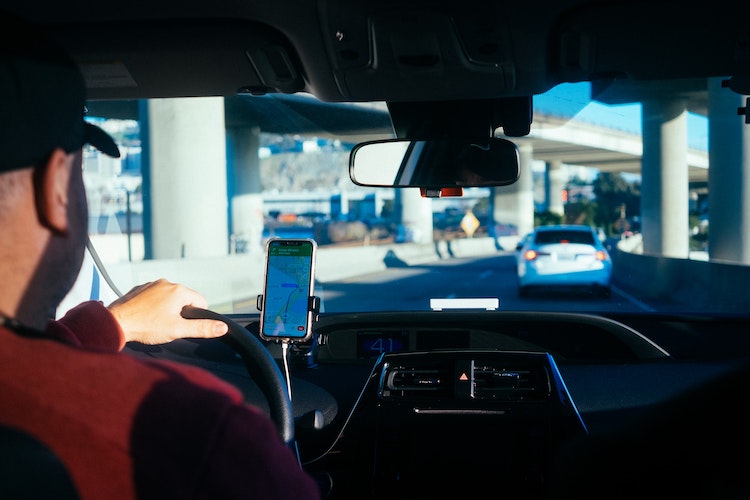
Uber PR: Why it’s Not Been an Easy Ride
Ambitious, disruptive, successful. If one company represents the modern tech start-up, it has to be Uber. But it hasn’t been an easy ride for the world’s largest ‘mobility as a service provider’ famous for its ride-hailing taxi app.
Let’s take a look at some Uber PR successes and failures, and the lessons we can learn from them.
Founded in 2009, the ride-hailing company spent a few years developing its services in California before going global and exploding in popularity in 2016. At one point, it was the highest-value private start-up in the world.
Despite what you might expect, however, their success hasn’t been met by public acclaim. In fact, quite the opposite. Only a third of the UK population like the brand, while 25% actively dislike it.
Why? Pretty much from day one, the company has been embroiled in a string of PR nightmares that have taken a huge toll on its reputation.
The damage was so bad, it led to the brand spending half a billion dollars on ‘image repair’ in 2019, in an attempt to regain consumer trust.
How did the Uber PR team handle two of the biggest crises in the company’s short history? And how has Uber’s approach to digital PR made the company particularly prone to negative public relations in the first place?
Uber PR Crisis 1: Uber loses its licence to operate in London
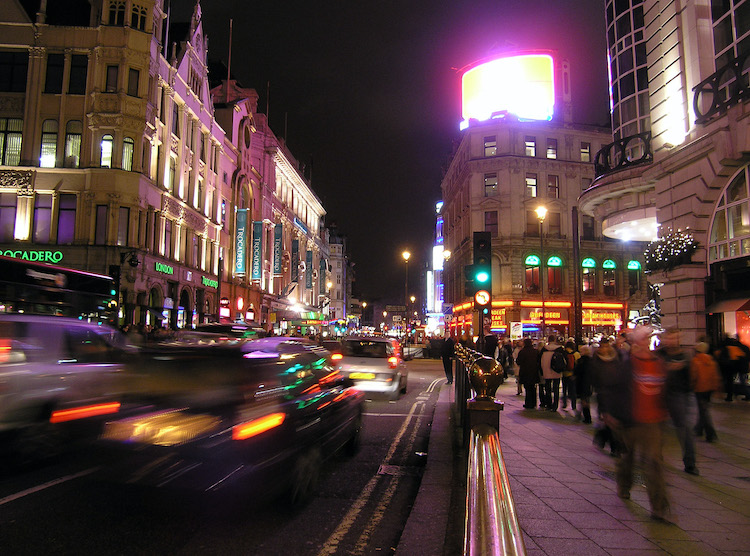
There is one audience that businesses mustn’t forget: government. If the powers-that-be don’t approve of your business, in this case London mayor Sadiq Khan, they can write you out of existence at the drop of a hat.
Uber learnt this the hard way in 2017, when they were stripped of their licence to operate in London.
In a nutshell, the company’s licence expired on September 30th, and Transport for London (TfL) decided not to renew it on the basis that the company demonstrated ‘a lack of corporate responsibility’ in relation to reporting criminal offences, obtaining medical certificates and carrying out driver background checks.
Needless to say, this was a tense situation for the company. Their reputation was on the line.
Uber’s big mistake here was neglecting an often-forgotten part of PR — public affairs. This is where you invest time and resources in building positive relationships with politicians, civil servants, and other people in authority — to influence the creation of new laws, or to get exceptions made to existing laws.
The Uber PR team would have done well to invest in public affairs from the get-go. If they were on friendly terms with the people who make the rules, (in this case, TfL) they may have been able to avert disaster.
Clever crisis response

It was too late for Uber to play nice with the authorities after they’d had their licence revoked, but they had another plan in mind to rescue their reputation.
Enter Uber CEO Dara Khosrowshahi. Rather than ignore the issue, he reacted straight away, delivering a thoughtful, measured public apology by way of an open letter in The London Evening Standard. He admitted that Uber ‘got things wrong along the way’ and owned up to their mistakes, showing an emotional intelligence rarely displayed by companies in times of crisis.
PR tip #1: an immediate response is key
The letter was published immediately after TfL’s announcement, while the story was fresh in everyone’s mind. Because of the timely reaction, people were receptive to Khosrowshahi’s genuine and remorseful response.
Rather than pass the buck or deny responsibility, he admitted the company had made mistakes, apologised for them, and made a commitment to change things for the better.
People began tweeting support for the ailing firm, and Uber didn’t waste any time capitalising on it. They swiftly emailed customers, asking them to sign a petition on Change.org to reverse TfL’s decision. The petition gathered over 700,000 signatures in a matter of days, showing huge public approval for the service and putting TfL in a tricky situation.
Essentially, Khosrowshahi enlisted the public to help pressure the government into backing down.
While long-term public affairs planning would’ve prevented the crisis in the first place, the momentum the petition generated was one of the reasons the company was eventually allowed to operate in London again.
Also, if the Uber public relations team had waited longer to publish an official response, or hoped the entire thing would blow over, the public would have found it harder to engage with Khosrowshahi’s apology.
Uber PR Crisis 2: Uber employees around the world go on strike
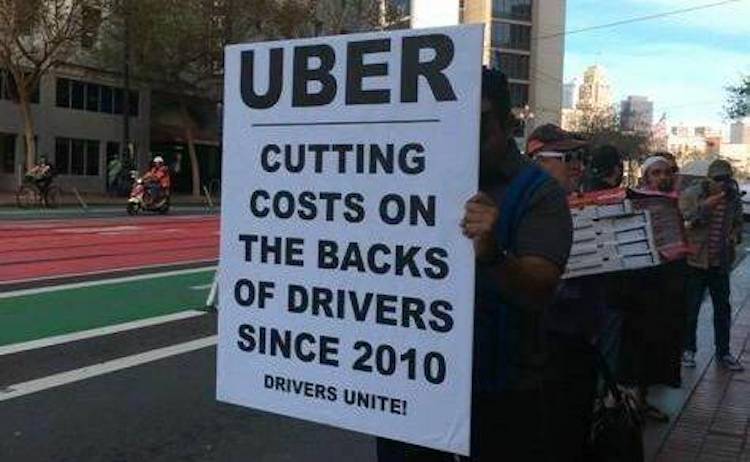
(@YayneAbeba / Twitter)
While the TfL crisis was damaging for Uber, it’s not just the authorities they’ve got into trouble with. They’ve had serious issues keeping their own employees happy.
At first glance, Uber seems like a great choice for workers. Why? Because working your way into the traditional taxi industry can be:
- Expensive: many New York drivers are mired in debt over their taxi medallions
- Difficult: London black cab drivers have to memorise so many street names, it permanently impacts their brains
- Time-consuming: those same London drivers typically take up to five years to qualify.
In contrast, Uber makes it quick and easy to become a driver. Anyone with a car and a smartphone can sign up and start earning money straight away.
Contractors not employees
Unfortunately, this is a double-edged sword. It may have been easy to sign up, but Uber drivers were treated as independent contractors rather than employees, enabling Uber to sidestep paying a minimum wage or holiday pay.
This wasn’t ideal for the drivers, but they accepted it as they took home the lion’s share of the fees from their fares, and enjoyed other perks. But this all changed as Uber started to dominate the ride sharing market. As an Uber driver explains in an article from The Guardian; “once Uber got control of the market, they changed in the worst way. The only thing drivers were asking for was fair pay. Uber did everything except pay fairly”.
When he first started, this particular Uber driver made 80% of the fees from his fares, with 20% going to Uber. But now, he says, “they are charging anything they want. For some of my fares they charge more than 60%”.
It’s no wonder hundreds of Uber drivers across the world took a stand and went on strike, in 2019.
Their action paid dividends though, as in 2021, the UK Supreme Court ruled that Uber had to treat its drivers as employees.
As you can imagine, none of this was great for Uber public relations.
Strikes and legal smackdowns indicate that you’re not able to keep your workers happy. If that’s the case, it’s going to be hard for the general public to think you have their best interests at heart.
PR tip #2: don’t get audience tunnel-vision
Public relations isn’t just about selling yourself to the general public. You need to play to several audiences, including other businesses and the government.
The most important audience, however, is your own employees. Without a motivated, reliable workforce on your side, no number of flashy ads or heartfelt apologies from your CEO will make a difference. The simple fact is, you need your workers more than they need you, so you need to keep them on side.
You can do this with ‘internal communications’, a branch of public relations that promotes effective communication among people within an organisation.
Essentially, it’s about building strong relationships with your workforce – keeping them informed, motivated and engaged with what’s going on with the business.
A lot of companies treat internal comms as an afterthought, but this is foolhardy, as numerous pieces of research, such as this one by NY Times bestselling author Kevin Krause, have found that keeping a workforce engaged directly impacts productivity and income. According to a study from marketing firm Deloitte, happy employees are also 87% less likely to jump ship.
So how can you engage employees and make them feel valued?
One brand that excels at it is Coca-Cola. The soft-drink brand’s internal PR focuses on grassroots employee groups that enable workers to connect over shared bonds and identities, like being Asian-American, LGBTQ+ or a military veteran.
Employee’s affinity groups like this build stable, reliable workforces and add a human touch to the daily grind — something sorely needed when your ‘boss’ is a faceless app on your smartphone (i.e. Uber). It also allows Coke to refine their internal PR to better target specific sections of their workforce, rather than relying on a one-size-fits-all solution.
Want to know more? Read: Coca-Cola PR Magic: How to Stay on Top for Over a 100 Years
The power of social media: Uber public relations online
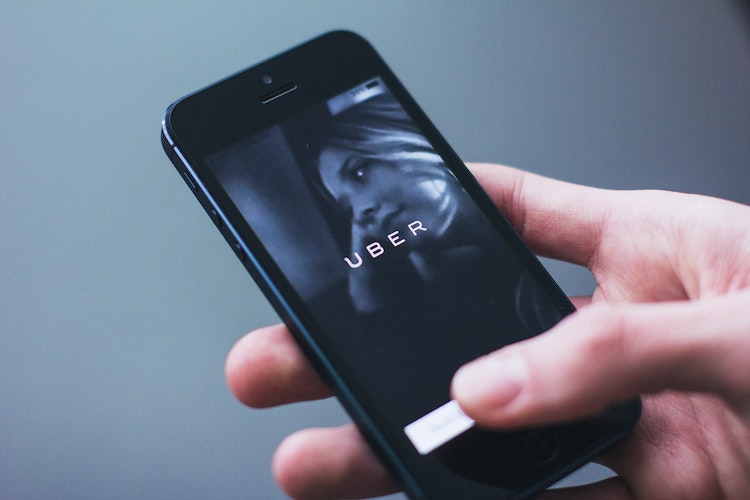
The internet is a crucial tool for modern public relations. So, how well does Uber use it to maintain its reputation? The answer, is ‘not well’.
Here’s a fun experiment. Go to YouTube, type in ‘Uber’, and hit search. You’ll see something like this:

Scams, rude customers, drama and conflict. Not a great first impression of the brand.
These unflattering videos get tens of millions of views and dominate the search results.
In contrast, the videos on Uber’s official channel routinely get under a thousand views — shockingly low numbers for one of the world’s biggest businesses.
Uber YouTube – a missed opportunity?
Here’s a selection of their recent uploads:

There are three things to note here.
- Uber uploads a lot of content — several videos a week.
- The content isn’t very interesting. Should we care about a hub opening in Lisbon?
- The view counts fluctuate wildly. One video gets 1.5k views, and the next gets 647k.
Uber is making several serious social media snafus here. Nobody is going to subscribe to a YouTube channel that spams their inbox with dozens of videos each week. That’s doubly true if those videos are in a language you don’t speak, or are about internal company news.
A lack of subscribers means Uber has no stable bedrock of viewers for its video content.
The problem with this is, their ability to respond to a PR crisis is crippled.
Think about it. Without access to any official messaging from the brand, the general public has to resort to official statements given in news stories — usually the same stories laying out all the gory details of whatever scandal Uber is embroiled in in the first place.
Read more about the importance of cultivating a strong online presence here: How PR and SEO Work Together to Build Your Brand
How can Uber improve their crisis comms?
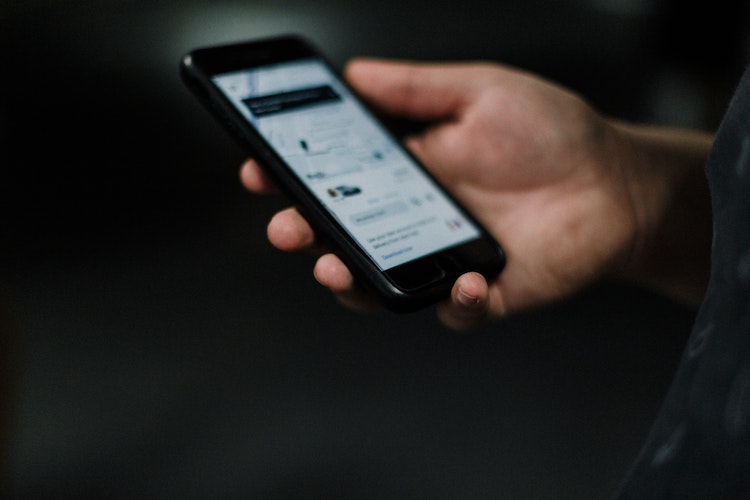
To improve their crisis comms, the Uber public relations team needs to take back control of their digital presence.
But what would that look like? A good example is the official Twitter account for American burger restaurant chain, Wendy’s. After an intern got sarcastic with an irate customer, the fast-food brand became known for their caustic humour and witty comebacks on social media.
As a result, Wendy’s has masses of followers across social media, and consistently receives thousands of likes on their posts.
PR tip #3: don’t neglect digital PR
By crafting a distinctive voice, and not using social media as a dumping-ground for corporate announcements, Wendy’s built a presence that people want to engage with.
This is what Uber needs to do.
If Wendy’s can make funny tweets about burgers, a ride-share app that destabilised the entire taxi industry has no excuse for being boring.
Adopting the same sarcastic persona would come across as a weird 180-degree-turn, of course, but they could take inspiration from kindred spirit, Elon Musk.
He ticks many of the same boxes in the tech industry. He’s highly disruptive and often controversial, but has a much better reputation among the public thanks to his seemingly-endless wild PR stunts.
Read: Out of This World: How Tesla Uses Public Relations
Of course, Uber’s PR online activity isn’t the only reason the company is mired in scandals, but it does mean they’re missing a vital tool for fighting back.






